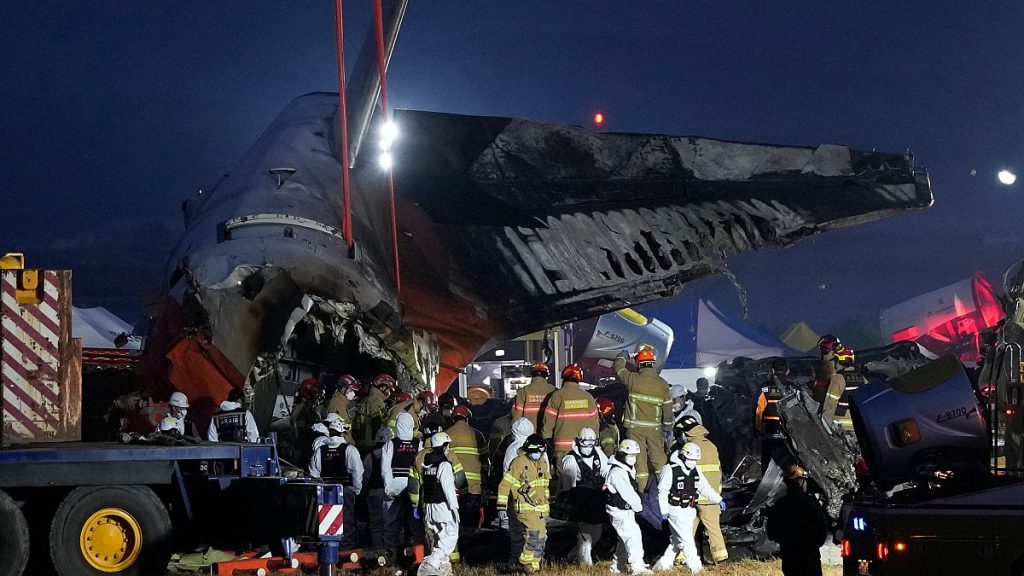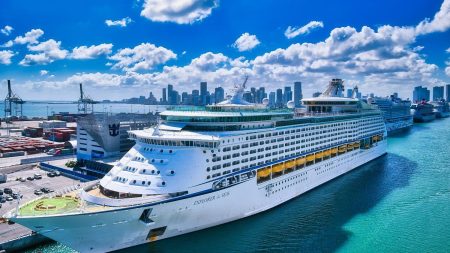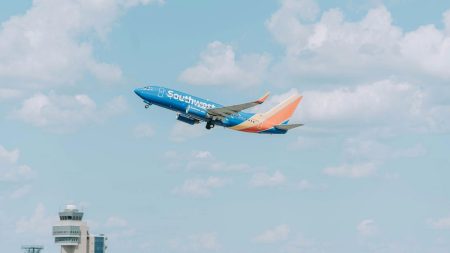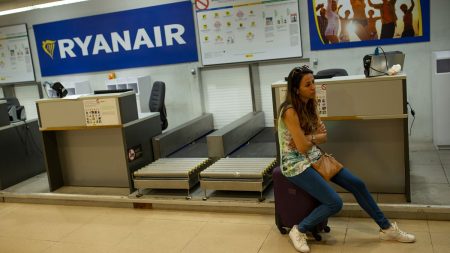The tragic crash of a Jeju Air Boeing 737-800 at Muan International Airport in South Korea claimed the lives of 177 people, leaving only two surviving crew members. The aircraft, returning from Bangkok, skidded off the runway upon landing, crashing into a concrete wall and bursting into flames. While the precise cause of the accident remains under investigation, initial theories proposed by authorities include a bird strike or adverse weather conditions. However, these initial suggestions have been met with some skepticism, particularly due to the observed absence of deployed landing gear and the lack of preventative measures, such as foam deployment on the runway, which are typically employed in anticipation of a belly landing.
The timeline of the crash adds another layer of complexity. The airport control tower issued a bird strike warning to the pilot shortly before landing, along with authorization to land in an alternative area. Merely a minute later, the pilot issued a mayday distress signal, followed by the devastating runway overrun and subsequent collision. This rapid sequence of events raises questions about the pilot’s response time and the potential impact of the bird strike, if indeed one occurred, on the aircraft’s ability to maintain control. The absence of landing gear also points towards a potential mechanical failure prior to landing, further complicating the scenario.
The incident occurs amidst heightened awareness of aviation safety following recent emergency landings by KLM and Air Canada flights. While unrelated to the Boeing 737 MAX crisis, the crash of the 737-800, a widely used aircraft with a generally solid safety record, underscores the ongoing need for rigorous safety protocols and thorough investigations into accident causes. The devastation left in the wake of the crash is profound, leaving only the tail assembly recognizable amongst the wreckage. The scale of the tragedy prompted a declaration of Muan as a special disaster zone and a week-long national mourning period, reflecting the nation’s collective grief.
The loss of life, predominantly South Korean citizens with two Thai nationals also amongst the victims, highlights the human cost of such disasters. Emergency services worked tirelessly to contain the blaze and recover bodies, with 88 of the 177 recovered bodies identified thus far. The two surviving crew members, though not facing life-threatening injuries, undoubtedly bear the emotional scars of the traumatic event. The incident has sparked a national outpouring of grief and a call for answers regarding the circumstances that led to this devastating outcome.
Jeju Air, in a public statement, expressed deep apologies and pledged full cooperation with the investigation, acknowledging the immense responsibility they bear for the tragedy. The company’s president, bowing deeply before the press, emphasized their commitment to supporting the victims’ families and ensuring a thorough investigation. Jeju Air maintains that no mechanical issues were identified during routine checks of the aircraft, but awaits the official findings of the investigation before drawing any conclusions. The company’s response, though necessary and appropriate, cannot fully address the profound loss experienced by the families and the nation.
This catastrophe ranks amongst the deadliest in South Korea’s aviation history, recalling the 1997 Korean Airline crash in Guam that claimed 228 lives. The Muan crash serves as a grim reminder of the inherent risks associated with air travel and the vital importance of continuous efforts to enhance safety protocols. The ongoing investigation carries the weight of providing answers to the grieving families and implementing measures to prevent future tragedies. The specific details that emerge from the investigation will be critical in determining the precise sequence of events leading to the crash and identifying any systemic failures that contributed to the tragic loss of life.














